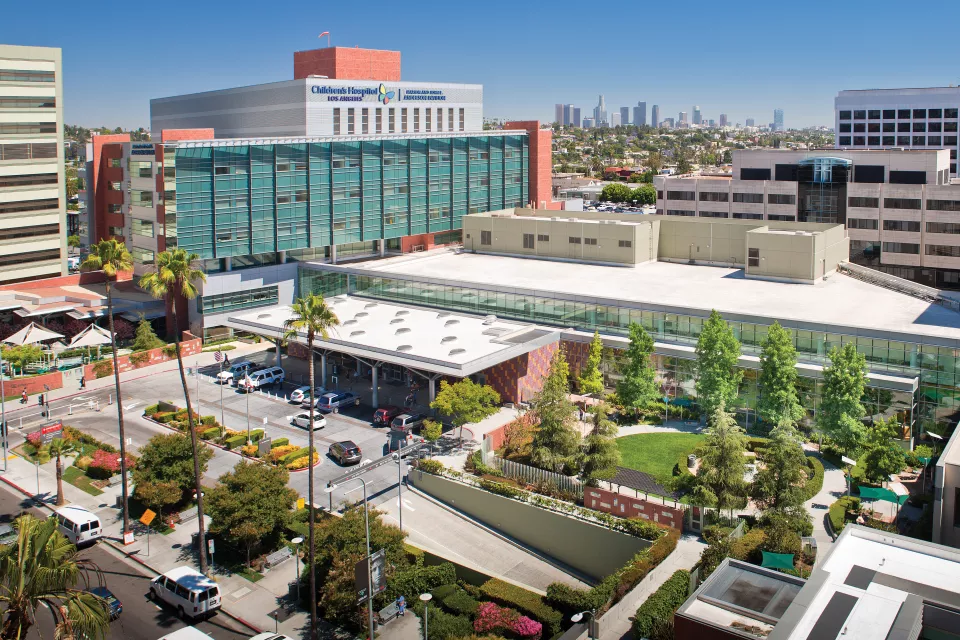Hirschsprung’s disease is an intestinal disorder typically diagnosed in early childhood. It is usually is associated with constipation because the intestine does not pass waste in a coordinated manner. Characterized by an absence of nerve cells in the intestine, called ganglion cells, Hischsprung’s disease usually occurs in the large intestine. The absence of ganglion cells leads to problems of evacuating stool and predisposes some children to inflammation or infection in segments of the bowel, which is called enterocolitis.
Diagnosis
The diagnosis of Hirschprung’s disease can be suspected from a child’s clinical history, especially if there have been problems evacuating stool and the child has a distended abdomen or the child did not pass stool in the first days after birth. Another diagnostic tool is a barium enema in which contrast is introduced into the lower intestine. This contrast is visible on x-ray film and may also help to make the diagnosis. A definite diagnosis is usually obtained by a direct biopsy of the lower intestine. After the biopsy, a pathologist looks at the tissue under a microscope, examining it directly for ganglion cells, which are absent in the case of Hirschsprung’s disease.
Treatment
Hirschsprung’s disease is treated by excluding the portion of intestine that does not work properly because it lacks ganglion cells. The treatment can be done in two ways, and the approach is determined by the child’s overall health and the level of the disease:
- One way to avoid the abnormal intestine is to perform a colostomy to divert the intestinal contents above the section of intestine lacking ganglion cells.
- A second treatment option is to remove the bowel that does not have ganglion cells and to pull healthy intestine, with ganglion cells, down to the anus, in a “pull through” operation.
Many children require both approaches, with a colostomy first and a pull through operation second.
